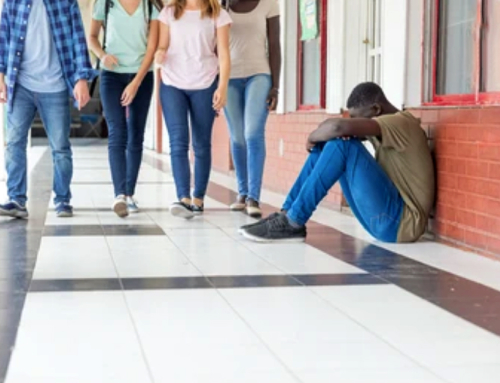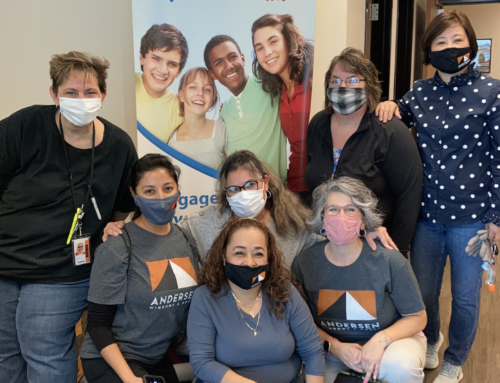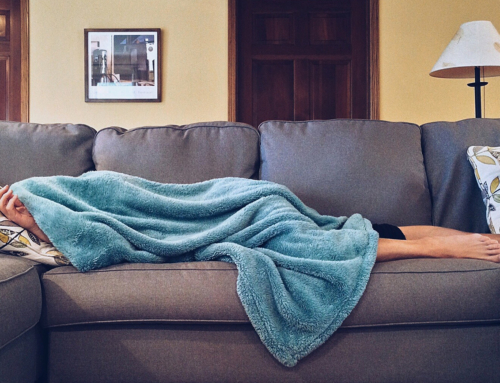Homeless Youth: The “Invisible” Population
Brent was kicked out of his mother’s home on his 18th birthday when she decided that she could no longer afford to support him. His father physically abused him throughout his childhood and was eventually incarcerated, so his mother had been his primary support. He began living with an aunt and uncle while completing his senior year of high school and working part time at a local pizza shop. However, Brent’s grades began to drop as he experienced symptoms of severe depression, and he was contemplating suicide.
Dennis’s story is different but the same in many ways. After experiencing severe physical abuse as a young child, Dennis spent most of his life transitioning between different foster homes and group home placements. When he turned 18, he aged out of the foster care system, and he decided to share an apartment with two of his friends. Dennis soon found himself overwhelmed as he struggled to financially support himself while simultaneously working to graduate from high school. He was also in significant pain due to unaddressed dental health problems.
Finally, there’s Rachel, who lost her father during her sophomore year of high school when he suffered a major heart attack and died unexpectedly. Her biological mother was never very involved in her life, and she agreed to sign guardianship papers to allow Rachel to stay with her stepmother. Unfortunately, Rachel’s stepmother suffered from medical problems which made it difficult for her to maintain employment, and the family had depended on the father’s income. Rachel and her stepmother soon had to leave the home that they had shared with Rachel’s father, as they could no longer afford to live there. They moved in with Rachel’s paternal grandmother. Overwhelmed with grief, Rachel stopped doing schoolwork, began avoiding her friends and became defiant when approached by teachers.
These are the stories of youth experiencing homelessness — a problem that is often hidden from the public eye. There are thousands of young people without a permanent roof over their heads, and the numbers are growing. Annually, 1 in 10 young adults ages 18-25, and 1 in 30 youth ages 13-17, experience some form of homelessness. On any given night, approximately 41,000 unaccompanied youth ages 13-25 experience homelessness.
Most youth do not become homeless by choice. Many different factors contribute to youth homelessness, but studies suggest that there are common paths to homelessness for young people. Most youth experiencing homelessness have either run away, been kicked out of unstable home environments, abandoned by their families or caregivers, involved with public systems (foster care, juvenile justice, and mental health) or have a history of residential instability. For these youth, the classroom could be the one safe, stable place in their day-to-day lives, but being forced to deal with significant challenges outside of the classroom inevitably impacts academic performance.
Family and youth homelessness is sometimes referred to as “invisible homelessness” because we rarely see them out on the streets. They hide, cover-up their situation, live in a shelter, tuck away on other people’s couches or floors, sleep in a car or in cheap motels. Many of them are not enrolled in school, and most do not identify themselves as homeless. Many of them have experienced significant trauma before and after becoming homeless and are particularly vulnerable, especially to sexual trafficking and exploitation.
A 2016 study by Loyola University and Covenant House found that nearly 1 in 5 youth who received shelter services from Covenant House had experienced some form of human trafficking. Not all victims are kidnapped before being trafficked; some enter willingly. Sometimes youth are desperate for relief from their suffering. In addition, many don’t have families to turn to, leading them into isolation.
Because homeless youth often are embarrassed about their situations, it may not be immediately clear if they lack permanent housing. Teachers who understand the warning signs are equipped to look for the signals, yet every student is different and may exhibit different indicative behaviors.
As a result of their homelessness, unaccompanied youth face devastating harms and barriers in life, all of which hinder their ability to re-assimilate into society, depress their motivation, and inhibit their becoming independent, successful, and contributing members of their families and communities. The consequences of homelessness bring despair to youth in the form of mental health problems, substance use, victimization and criminal activity, unsafe sexual practices, and barriers to education and employment. These problems further burden society with the cost of finding ways to take care of these youth. If these youth are not helped, they will likely become an addition to the population of chronic homeless adults.
Sources:
https://nn4youth.org/learn/why-homeless/
https://endhomelessness.org/the-intersection-of-human-trafficking-and-homelessness/
https://invisiblepeople.tv/homeless-youth-are-most-vulnerable-to-human-trafficking/






